Mobility and flexibility are two similar yet distinct concepts. Understanding the difference can help you support your students to build a functional, intelligent yoga practice.
Flexibility
No doubt you’re familiar with flexibility. It’s our range of motion, or how far we can move at a joint based on the ability of our muscles and connective tissue to elongate. We can utilise various forces to reach our end range of motion, for example by utilising gravity, or by pulling.
Mobility
You could think of mobility as being flexibility plus strength. It’s the maximum range of motion to which our muscular strength and coordination will manoeuvre our bones, without any extra help.
In a nutshell: mobility is the ability of a body part to move. Flexibility is the capacity of a body part to be moved. Another way to describe these concepts is as active and passive flexibility.
For example: sit cross-legged with your hands together at heart centre. As you inhale lengthen your spine, then exhale and revolve to the right. You’re measuring your degree of mobility in terms of spinal rotation – your torso’s ability to move, based on your flexibility and strength. Now hold the twist but release your right hand to the floor behind you and left hand to your right knee. Use your in breath again to grow tall. Exhale and rotate further, using your hands for leverage. This is a measure of your flexibility – your torso’s capacity to be moved, with the assistance of your arms.
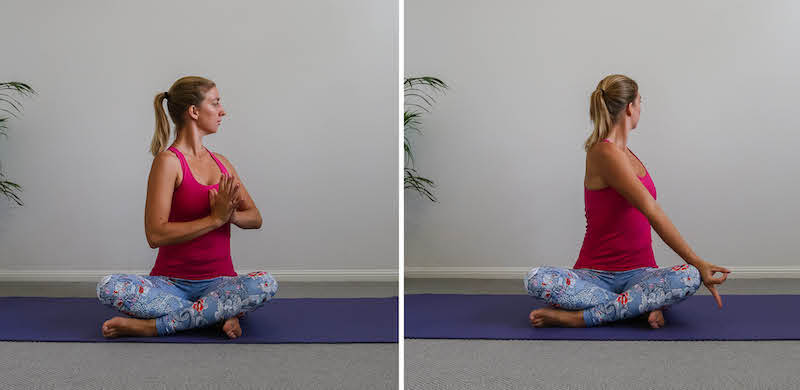
Another clear example is Utthitha hasta padangusthasana (Extended hand to big toe pose). In the image directly below I’m using my arm to exert force in a demonstration of flexibility. What’s stopping me from moving further is the length of my hamstrings and surrounding connective tissue.
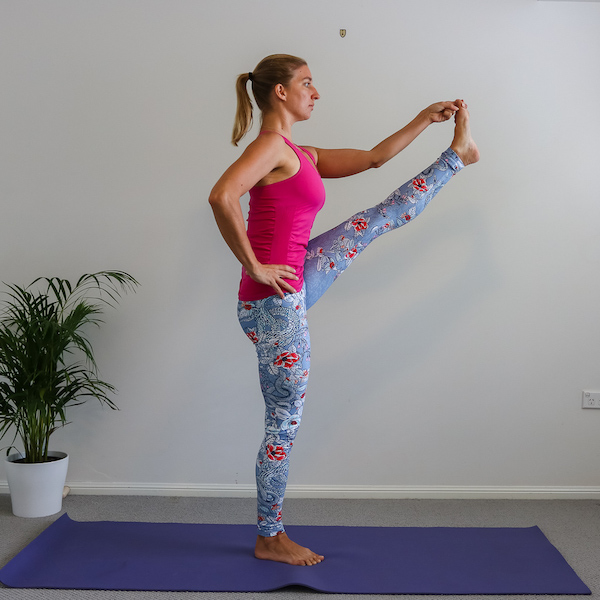
In this second image I’m relying solely on my strength to elevate my left leg. I have the flexibility to lift my leg higher, but am limited by the strength of my hip flexors, quadriceps and perhaps tensor fascia lata. This is my mobility – significantly less than my flexibility. (Hence my very serious face?!)
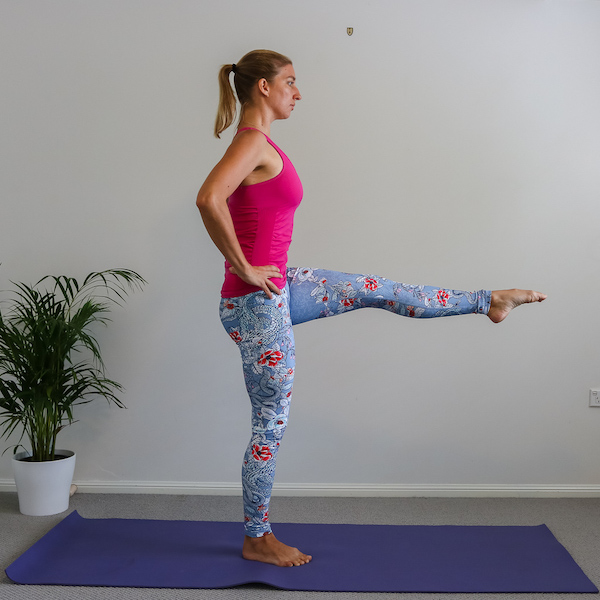
Why Does Mobility Matter?
When we’re working in the area beyond our mobility we’re at higher risk of injury. This is because it’s a range at which we don’t have sufficient strength or muscular coordination to move with control.
For those of us who are hypermobile (the “floppies” of the yoga world, as opposed to the “stiffies”) the gap between mobility and flexibility can be huge. A yoga practice that emphasises flexibility over strength will only serve to increase that gap and potentially increase the susceptibility to injury.
Many yoga students are working from the misconception that a ‘deeper’ stretch is more beneficial or more advanced, and are very much focussed on flexibility. As yoga teachers, it’s important to support our students to decrease the gap by training strength as well as flexibility. For our floppy students, ideally we prioritise increasing strength and building mobility.
How Can We Build Mobility?
Teach variations of asanas and use language that encourage your students to stand in their strength rather than moving further into their flexibility.
A few examples:
- In lunges and related standing postures (eg. Virabhardasana I and II), ask students to draw the front and back foot towards each other and hug the thighs towards the midline. The same applies to postures such as Hanumanasana.
- In Trikonasana, ask students to place the back of their hand against their inner leg, rather than resting their hand on the floor, a block, or their leg. If they fatigue, this is an indication that their limitation in Trikonasana is their strength, not flexibility. They would be better off staying up higher where they have the strength to hold the pose.
- When practicing Dhanurasana (Bow pose) try entering the pose without holding the ankles or feet (as pictured). How high can your students lift without using the leverage of their limbs?
- See more posture variations to strengthen the hamstrings.
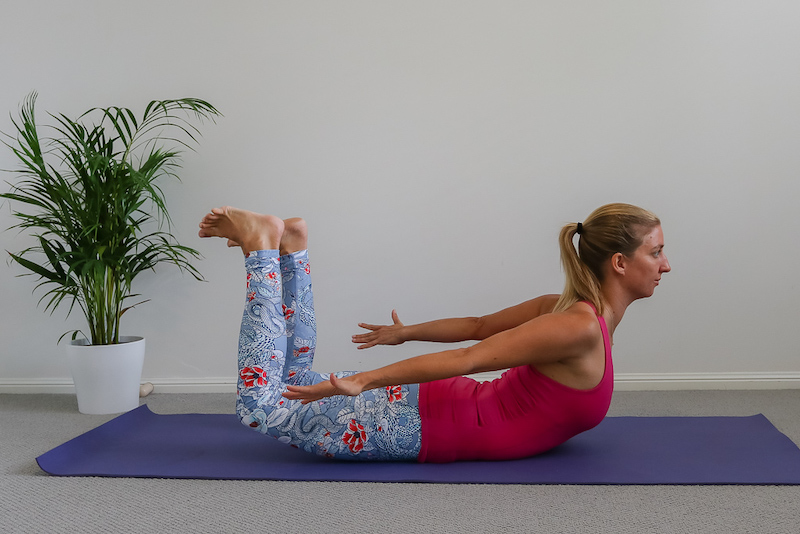
Prioritise Stability over Flexibility When Adjusting
It’s also worth considering the ramifications of adjusting a student who has moved beyond their range of mobility. You know that they’re at a higher risk of injury here, so is taking someone further into a stretch benefiting them? Instead, you could find a way to stabilise their foundations or assist them in working out how to recruit their muscles to build strength. Jason Crandell’s article on safe, effective adjustment techniques builds on this idea, check it out.
For example, in seated forward bends, step back from pressing students further into the posture. Instead, you could help them feel grounded by anchoring down their upper thighs. For students who have significantly more flexibility than mobility, this will be more beneficial than intensifying the stretch.
In Summary…
I’m not saying you should never work on flexibility, or that you should never move beyond your mobility. My point is simply that if the gap between the two is significant, you would benefit by building strength. And of course, the same applies to your students. Support them by encouraging a sustainable, functional yoga practice.


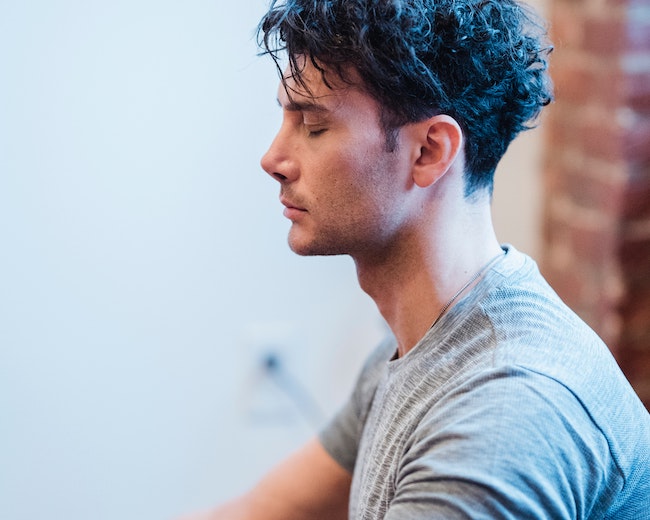
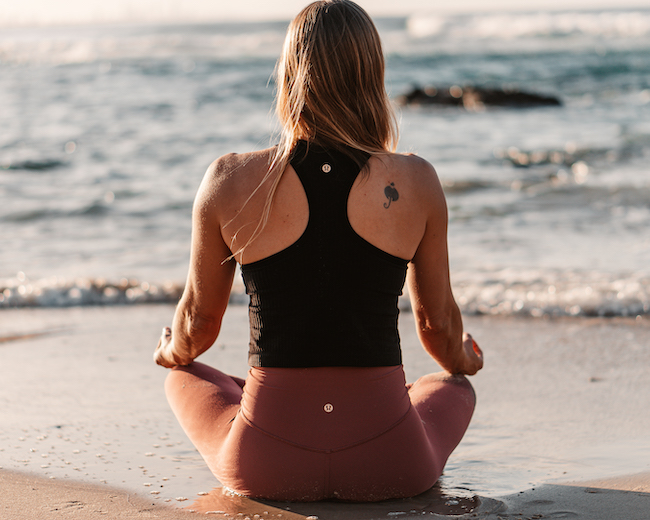
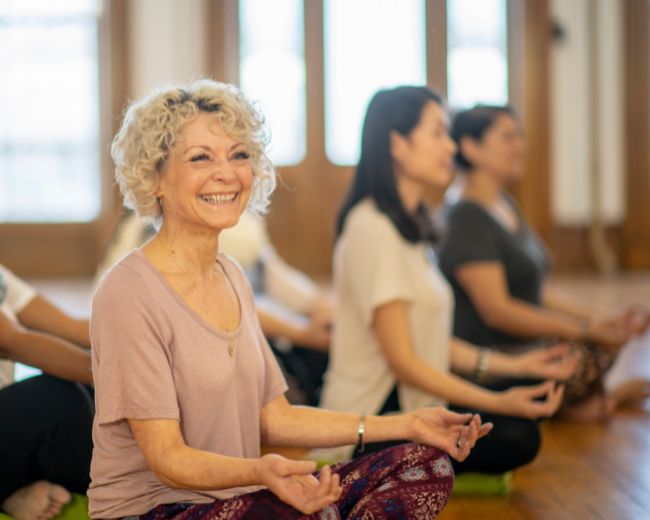

Leave A Comment